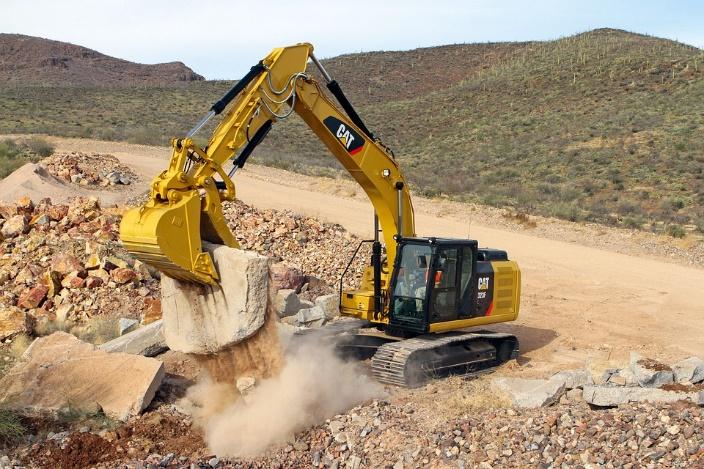A hydraulic power pack is a self-contained unit used to replace the main power supply of a hydraulic machine. The principle of hydraulics, which is to produce power by moving pressurised air from one place to another, is easily transformed into a convenient, portable piece of equipment. Hydraulic power packs, therefore make hydraulic machines more portable. Portability is essential, especially when these machines have to operate in outdoor or remote locations.
Hydraulic power packs – general appearance
Hydraulic power packs can come in a variety of designs and sizes. But in general, you will find that most of the units are small enough to be portable. Some hydraulic power pack models are compact and specifically designed to be carried and moved from place to place.
You can quickly identify a hydraulic power unit by its components. Regardless of the configuration, the following essential parts are always present:
- Regulator. The regulator maintains pressure delivered from the power pack to the equipment.
- Pump. Puts pressure on the fluid inside the hydraulic pack
- Motor. The motor powers the pump
- Pressure supply line and pressure relief line. The supply line carries fluid into the pump. On the other hand, the relief lines function to relieve and control the pressure on the valve and the pump.
- Hydraulic reservoir. The reservoir or tank holds the fluid, which is pressurised to produce power.
The simple assembly of a hydraulic power pack, with its essential components, is efficient and reliable. That is why, despite the advanced technology available today, many types of equipment still rely on hydraulics for power.
Functions of hydraulic power packs
Using the control valve, you can increase the amount of power produced by a hydraulic power pack. It can power almost any piece of machinery the unit is connected to. The more control valves the unit has, the more versatile the unit. There are plenty of hydraulic machines that benefit from using hydraulic power packs. Machines that lift heavy objects, for example, are typically hydraulic-powered. When these pieces of machinery have to operate in remote locations with no available power supply, hydraulic power packs are a convenient solution.
Practical applications of hydraulic power packs include excavators used in construction sites. Another excellent example is a large-scale fishing vessel with a hydraulic-powered net lifter.
How to maintain a hydraulic power pack
To ensure the efficiency of a hydraulic power pack, you need to perform regular maintenance. Maintenance is also essential to guarantee safety, both for the operator and the machine. Fortunately, maintenance is simple. Regular checks on the condition of the tubes and valves will alert you if there are loose connections or cracks. You can easily spot problems by routinely assessing the performance and overall appearance of the various components of the unit.
Wide range of options available
Another benefit of using hydraulic power packs is the range of options available from every supplier. You can choose the right size, power, and design that suits the desired application. These power packs are also compatible with different types of machinery and systems; hence, enhancing performance and results.



